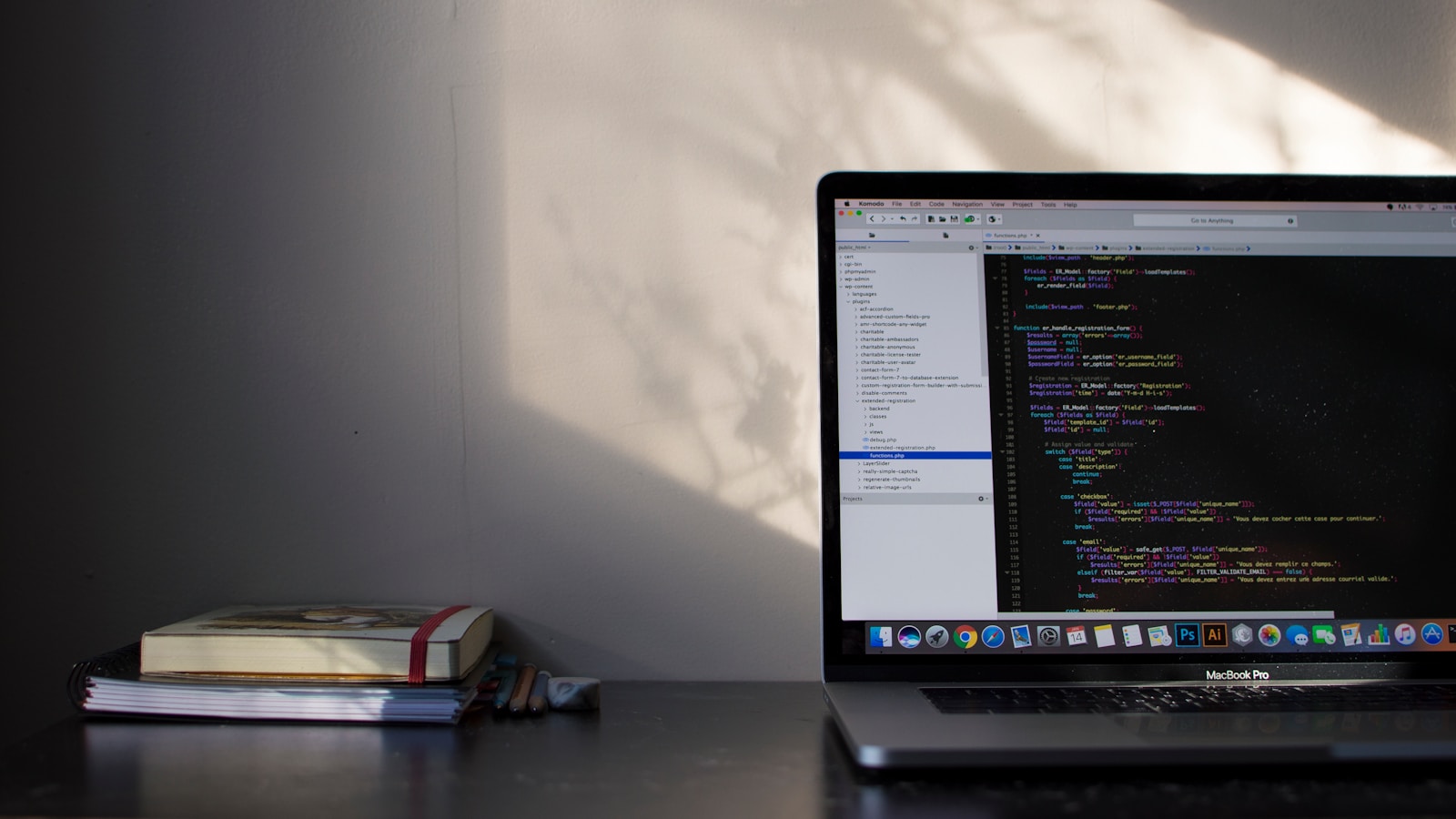Starting a Python project can seem daunting, but breaking it down into manageable steps makes the process much more approachable. This guide will walk you through the essentials of starting a Python project, including setup, coding, and best practices. For those interested in blockchain development, we’ll also cover how to initiate a blockchain project with Python.
1. Setting Up Your Development Environment
Before you start coding, you need to set up your development environment. This includes installing Python, setting up a virtual environment, and choosing a code editor.
1.1. Install Python
Download and install Python from the official Python website. Make sure to check the box to add Python to your system PATH during installation.
1.2. Install a Code Editor
Choose a code editor that suits your needs. Popular choices include:
- Visual Studio Code: Lightweight and powerful with extensive extensions.
- PyCharm: Feature-rich with integrated tools for Python development.
- Sublime Text: Fast and customizable.
1.3. Set Up a Virtual Environment
Create a virtual environment to manage your project dependencies:
# Navigate to your project directory
cd my_project
# Create a virtual environment
python -m venv venv
# Activate the virtual environment
# On Windows
venv\Scripts\activate
# On macOS/Linux
source venv/bin/activate2. Creating Your Python Project Structure
Organizing your project files is crucial for maintainability. Here’s a basic structure:
my_project/
│
├── venv/ # Virtual environment
├── src/ # Source code
│ └── main.py # Main Python script
├── tests/ # Test cases
│ └── test_main.py # Test script for main.py
├── requirements.txt # Project dependencies
├── README.md # Project description
└── .gitignore # Git ignore file2.1. Create a requirements.txt File
List your project dependencies in requirements.txt:
flask==2.0.1
requests==2.26.0Install these dependencies with:
pip install -r requirements.txt3. Writing Your First Python Script
Start coding by creating a simple script. Here’s a basic example of a main.py file:
# src/main.py
def greet(name):
return f"Hello, {name}!"
if __name__ == "__main__":
name = input("Enter your name: ")
print(greet(name))Run your script with:
python src/main.py4. Testing Your Code
Testing ensures your code works as expected. Use the unittest framework for basic testing.
4.1. Create a Test Script
In the tests directory, create test_main.py:
# tests/test_main.py
import unittest
from src.main import greet
class TestGreetFunction(unittest.TestCase):
def test_greet(self):
self.assertEqual(greet("Alice"), "Hello, Alice!")
self.assertEqual(greet("Bob"), "Hello, Bob!")
if __name__ == "__main__":
unittest.main()Run your tests with:
python -m unittest discover5. Version Control with Git
Using version control helps track changes and collaborate with others.
5.1. Initialize a Git Repository
In your project directory, initialize Git:
git init5.2. Create a .gitignore File
Specify files and directories to ignore:
venv/
__pycache__/
*.pyc5.3. Commit Your Changes
git add .
git commit -m "Initial commit"6. Starting a Blockchain Project with Python
For a blockchain project, you’ll need to understand the basics of blockchain technology. Here’s a simplified guide to getting started:
6.1. Set Up Your Blockchain Project Structure
blockchain_project/
│
├── venv/ # Virtual environment
├── blockchain/ # Blockchain logic
│ └── blockchain.py # Blockchain implementation
├── tests/ # Test cases
│ └── test_blockchain.py # Test script for blockchain.py
├── requirements.txt # Project dependencies
└── README.md # Project description6.2. Implement a Simple Blockchain
Create a basic blockchain in blockchain/blockchain.py:
# blockchain/blockchain.py
import hashlib
import json
from time import time
class Blockchain:
def __init__(self):
self.chain = []
self.transactions = []
self.new_block(previous_hash='1', proof=100)
def new_block(self, proof, previous_hash=None):
block = {
'index': len(self.chain) + 1,
'timestamp': time(),
'transactions': self.transactions,
'proof': proof,
'previous_hash': previous_hash or self.hash(self.chain[-1]),
}
self.transactions = []
self.chain.append(block)
return block
@staticmethod
def hash(block):
block_string = json.dumps(block, sort_keys=True).encode()
return hashlib.sha256(block_string).hexdigest()
def proof_of_work(self, last_proof):
proof = 0
while self.valid_proof(last_proof, proof) is False:
proof += 1
return proof
@staticmethod
def valid_proof(last_proof, proof):
guess = f'{last_proof}{proof}'.encode()
guess_hash = hashlib.sha256(guess).hexdigest()
return guess_hash[:4] == "0000"6.3. Test Your Blockchain
Create a test script in tests/test_blockchain.py:
# tests/test_blockchain.py
import unittest
from blockchain.blockchain import Blockchain
class TestBlockchain(unittest.TestCase):
def setUp(self):
self.blockchain = Blockchain()
def test_blockchain_creation(self):
self.assertEqual(len(self.blockchain.chain), 1)
def test_proof_of_work(self):
last_proof = self.blockchain.chain[-1]['proof']
proof = self.blockchain.proof_of_work(last_proof)
self.assertTrue(self.blockchain.valid_proof(last_proof, proof))
if __name__ == "__main__":
unittest.main()6.4. Run Your Tests
python -m unittest discoverConclusion
Starting a Python project involves setting up your development environment, creating a well-organized project structure, writing and testing your code, and using version control. For blockchain projects, you need to understand the core concepts of blockchain and implement the basic functionality.
By following these steps, you’ll be well on your way to developing robust Python applications and blockchain projects. Happy coding!

